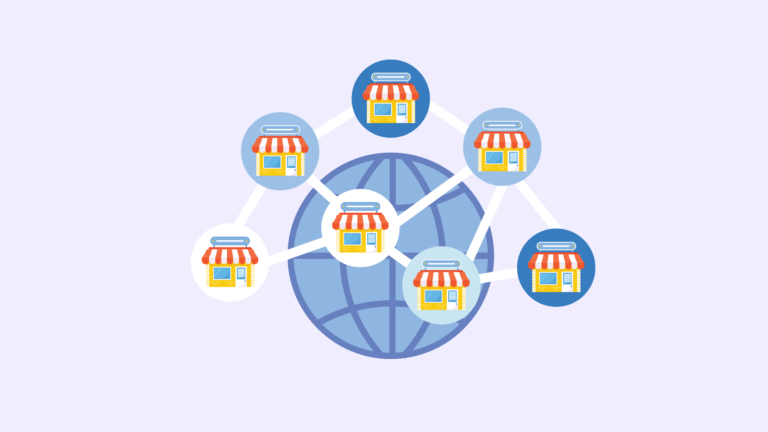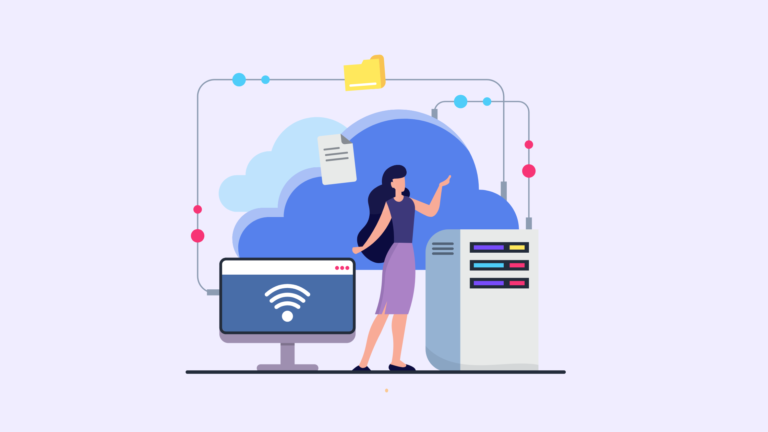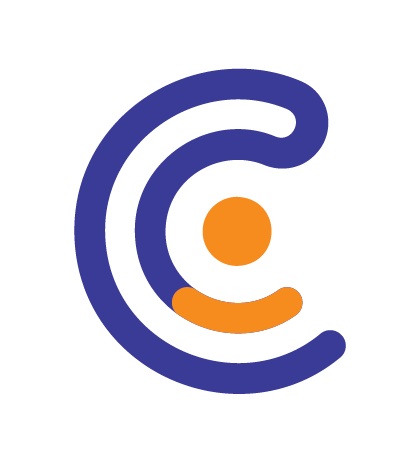User onboarding is the foundation of a great customer experience, directly impacting retention, revenue, and long-term success. A well-structured onboarding process ensures new users quickly understand product value, leading to higher engagement and reduced churn.
Effective onboarding strategies help businesses improve customer satisfaction, drive product adoption, and enhance customer lifetime value (CLV). Optimizing onboarding is key to building strong relationships and maximizing user retention.
By leveraging personalized onboarding flows, proactive support, and data-driven insights, companies can create a seamless experience that accelerates activation and boosts customer success metrics.
Understanding User Onboarding
What is User Onboarding?
User onboarding is the structured process of guiding new users through a product or service, helping them understand its value and functionality. The goal is to create a seamless experience that accelerates user activation, encourages product adoption, and boosts customer retention.
Key Objectives of User Onboarding:
- Ensure users quickly grasp the product’s core benefits
- Reduce friction and simplify the learning curve
- Increase engagement and encourage early usage
- Prevent churn by addressing potential roadblocks upfront
According to Wyzowl, 55% of users say they have returned a product because they didn’t understand how to use it.
Good vs. Bad Onboarding Experiences
A well-designed onboarding experience fosters engagement, while a poor one can lead to early churn. Here’s how they compare:
| Aspect | Good Onboarding | Bad Onboarding |
|---|---|---|
| User Guidance | Clear step-by-step tutorials, interactive walkthroughs | Confusing, no structured guidance |
| Personalization | Tailored content based on user needs | Generic, one-size-fits-all approach |
| Support | Proactive assistance, FAQs, live chat | No easy access to help or support |
| Engagement | Encourages early wins, milestone tracking | Overwhelming information, lack of motivation |
| Retention Impact | Higher activation and engagement rates | High drop-off rate, increased churn |
A study by Userpilot found that companies with structured onboarding see up to a 50% increase in user retention.
The Role of CXOs and CS Managers in Optimizing Onboarding
For CXOs (Chief Experience Officers) and Customer Success Managers, a strategic onboarding process is critical to driving long-term success. Their role includes:
CXOs:
- Align onboarding with business goals and customer expectations
- Invest in automation, AI-driven onboarding tools, and scalable solutions
- Analyze onboarding data to identify and improve weak points
CS Managers:
- Create personalized onboarding journeys for different customer segments
- Provide proactive customer support and engagement strategies
- Continuously gather feedback to refine the onboarding process
A study by HubSpot found that 63% of customers consider onboarding a key factor in their purchasing decision.
By ensuring a seamless and engaging onboarding process, CXOs and CS managers can significantly improve product adoption, reduce churn, and enhance customer lifetime value.
Why User Onboarding Matters for Retention & Growth
User onboarding plays a crucial role in driving long-term customer success, directly influencing retention rates, customer lifetime value (CLV), and revenue growth. A seamless onboarding experience ensures that users quickly realize the value of a product, increasing their likelihood of long-term engagement.
Impact of Onboarding on Customer Lifetime Value (CLV)
Customer Lifetime Value (CLV) measures the total revenue a business can expect from a customer over the course of their relationship. A strong onboarding process significantly impacts CLV by:
Increasing Customer Retention:
- Users who experience a smooth onboarding process are 21% more likely to stay engaged with a product.
Reducing Time to Value (TTV):
- A well-structured onboarding process helps users achieve their first success faster, increasing their likelihood of continued usage.
- 86% of users say they are more likely to stay loyal to a business that helps them achieve early success.
Boosting Upsell and Expansion Revenue:
- Engaged customers who understand a product’s full value are more likely to upgrade or purchase add-ons, increasing CLV by 30-40%.
How Frictionless Onboarding Improves Activation Rates
Activation rate measures how many new users complete key onboarding milestones, such as signing up, completing a tutorial, or using a core feature for the first time. A frictionless onboarding process ensures that users reach these milestones without frustration.
Key Factors for High Activation Rates:
Simplified Onboarding Flow: Reduce unnecessary steps and provide interactive walkthroughs.
Personalization: Guide users based on their specific needs and use cases.
Multi-Channel Support: Offer help through email sequences, live chat, and in-app messages.
Progress Tracking: Show users how far they’ve come and what’s next.
Research by Heap found that companies with a frictionless onboarding process see up to a 70% higher activation rate than those with complex workflows.
User onboarding isn’t just about first impressions—it’s about long-term growth, customer loyalty, and revenue generation. By improving activation rates, reducing friction, and delivering a personalized experience, businesses can increase retention and maximize CLV.
Key Elements of an Effective User Onboarding Process
A well-designed user onboarding process enhances engagement, accelerates adoption, and improves retention. Below are the essential elements that contribute to an effective onboarding experience.
Personalization: Tailoring Onboarding Based on User Needs
Personalized onboarding ensures that users receive relevant guidance based on their goals, industry, and previous experience with similar tools. Companies can implement adaptive onboarding flows, role-based tutorials, and AI-driven recommendations to enhance user engagement. According to a report by Evergage, 88% of marketers see measurable improvements with personalization.
Seamless UX/UI: Making Navigation Intuitive and Frictionless
A cluttered interface or complicated onboarding flow can frustrate users and increase drop-offs. A seamless UX/UI with clear navigation, guided walkthroughs, and minimal friction helps users quickly understand product functionality. Studies show that 70% of users abandon an app if they encounter usability issues in the first few minutes.
Clear Communication: Setting Expectations and Guiding Users
Effective onboarding communicates key benefits, next steps, and expected outcomes. Welcome emails, tooltips, and progress indicators help users stay on track and understand the value of the product. Clarity reduces confusion and ensures users remain engaged.
Proactive Support: Using Automation, Chatbots, and Human Assistance
Users may face challenges during onboarding, and immediate support can prevent frustration. Automated onboarding emails, AI-driven chatbots, and access to customer success teams ensure users get timely help. Research by Zendesk shows that 69% of customers prefer self-service options combined with human support when needed.
Gamification & Engagement: Interactive Tutorials, Rewards, and Milestones
Gamification elements like checklists, badges, progress bars, and rewards encourage users to complete the onboarding process. Interactive tutorials with hands-on product experiences enhance learning and boost retention. Businesses that incorporate gamification see a 48% increase in engagement.
By integrating these key elements, companies can create a structured and engaging onboarding experience that drives long-term customer success.
Best Practices for User Onboarding Success
A well-structured onboarding process is essential for driving user adoption and long-term retention. Implementing best practices ensures that users experience a smooth transition into your product, increasing engagement and reducing churn. Below are the key strategies for effective user onboarding.
A. Create a Clear and Simple Onboarding Flow
A cluttered or overly complex onboarding process can overwhelm users and lead to drop-offs. A structured, step-by-step approach helps users navigate the product effortlessly.
- Step-by-step guides and walkthroughs: Interactive product tours or guided walkthroughs help users understand key features without overwhelming them with too much information at once.
- Progressive disclosure: Instead of showing all features at once, introduce functionalities gradually based on user behavior and needs. This reduces cognitive load and improves product comprehension.
B. Leverage Data-Driven Insights
Using data analytics to measure onboarding success is crucial for continuous improvement. Companies can track user interactions and engagement metrics to refine their onboarding process.
- Tracking key onboarding metrics: Activation rate, time-to-first-value (TTFV), and feature adoption rates indicate where users face difficulties.
- Identifying drop-off points: Heatmaps and funnel analysis tools can reveal where users abandon onboarding, allowing teams to optimize weak areas.
C. Implement Multi-Channel Support
Users prefer different modes of learning, so providing multiple support channels ensures a seamless experience.
- Email sequences and in-app messages: Timely emails and in-app nudges help guide users through their onboarding journey.
- Self-service knowledge base and video tutorials: Offering a well-structured help center with FAQs, instructional videos, and guides allows users to resolve issues independently.
- Live chat and AI chatbots: Instant support via chatbots or human assistance prevents users from getting stuck during onboarding.
D. Encourage Early Engagement & Quick Wins
Helping users reach their first success milestone early increases their likelihood of long-term retention.
- Defining “quick wins”: Identify key actions that deliver immediate value, such as completing a profile, setting up a dashboard, or integrating an essential tool.
- Using action-driven CTAs: Guide users toward the next step in their journey with strategically placed call-to-action buttons.
E. Gather Feedback & Iterate
User feedback is essential for refining onboarding experiences and ensuring continuous improvement.
- Surveys and NPS scoring: Gathering feedback through Net Promoter Score (NPS) and onboarding surveys helps identify areas for improvement.
- A/B testing: Experimenting with different onboarding flows and messaging strategies allows teams to optimize user engagement.
By implementing these best practices, companies can create an onboarding experience that reduces churn, enhances customer satisfaction, and maximizes product adoption.
Common Mistakes to Avoid in User Onboarding
Even with a well-planned onboarding process, certain mistakes can hinder user adoption and engagement. Avoiding these pitfalls ensures a smoother experience and improves retention.
Overcomplicating the Onboarding Process
A complex onboarding process with too many steps, excessive information, or an unclear flow can overwhelm users. Instead, onboarding should be intuitive, guiding users with simple, step-by-step instructions. Research shows that 86% of users prefer a self-explanatory onboarding experience.
Lack of Personalization
A one-size-fits-all approach ignores user-specific needs, leading to disengagement. Personalized onboarding, based on user roles, industry, or prior experience, enhances relevance and increases adoption rates. According to a study, personalized experiences improve customer satisfaction by 80%.
Ignoring User Feedback and Analytics
Failing to analyze onboarding data or listen to user feedback prevents improvements. Tracking key metrics like drop-off points, feature adoption, and Net Promoter Score (NPS) helps refine the onboarding process. Companies that leverage user feedback see a 33% increase in customer retention.
No Follow-up or Engagement Strategy
Onboarding doesn’t end after the first login. Without follow-ups, users may lose interest. Automated email sequences, in-app reminders, and proactive support help sustain engagement and drive long-term retention.
Key Takeaways
An effective user onboarding process is critical for driving customer retention, engagement, and long-term growth. By creating a seamless, personalized experience, businesses can ensure users quickly realize the value of their product and stay engaged.
Key best practices include simplifying the onboarding flow, leveraging data-driven insights, offering multi-channel support, and encouraging early engagement through quick wins. Avoiding common mistakes—such as overcomplicating the process, neglecting personalization, and failing to track user feedback—ensures a smoother onboarding experience.
However, onboarding is not a one-time effort. Continuous iteration based on user insights, behavior tracking, and A/B testing helps refine the process for better adoption and satisfaction. Companies that prioritize ongoing improvements in their onboarding strategy can significantly enhance customer success and maximize revenue potential.




